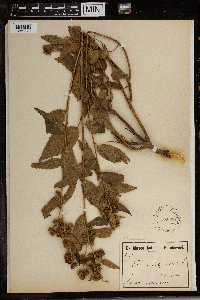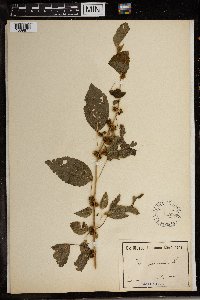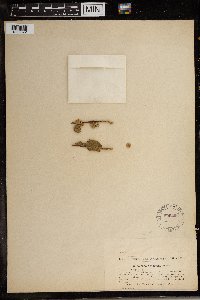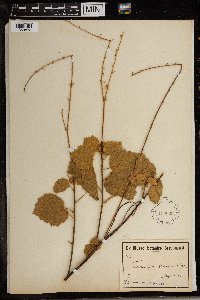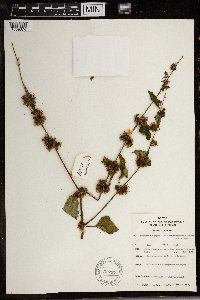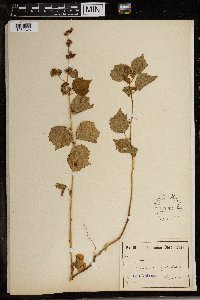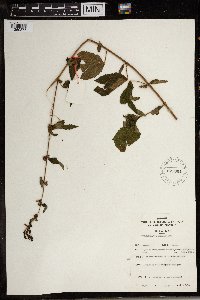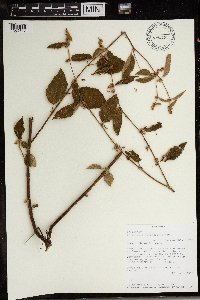University of Minnesota
http://www.umn.edu/
612-625-5000
http://www.umn.edu/
612-625-5000
Minnesota Biodiversity Atlas
Bell Museum
Dataset: MIN-Plants
Taxa: Triumfetta
Search Criteria: excluding cultivated/captive occurrences
1
Page 1, records 1-8 of 8
Bell Museum plants | |
MIN:Plants | Triumfetta abyssinica K. Schum. 152992[1369870]Schimper 8636 Cameroon |
MIN:Plants | 152996[1369871]Schimper s.n. Cameroon, Abyssinia |
MIN:Plants | Triumfetta flavescens Hochst. ex A. Rich. 229296[1369872]A. Tellini 2951902-00-00 Eritrea |
MIN:Plants | Triumfetta flavescens Hochst. ex A. Rich. 152998[1369873]Schumann, C 852 Cameroon |
MIN:Plants | Triumfetta macrophylla K. Schum. 577977[1369874]Mat. Alcool II.7141859-06-13 Rwanda, Region du Mutara, environ de Mimuli, reserve IRSAC, colline Bukire. Nom(s) Vern.: UMUSHYIGURA, (dial Kinyaruanda), 1400 - 1450m |
MIN:Plants | Triumfetta neglecta Wight & Arn. 153004[1369875]Schimper 364 Cameroon |
MIN:Plants | Triumfetta rhomboidea Jacq. 577861[1369876]Troupin, G 115931959-03-14 Rwanda, Region du Mutara, 1400 - 1450m |
MIN:Plants | 508122[1369877]Lovett, J. 43551990-03-10 Tanzania, United Republic of, Mbeya: Mbeya District Ipota area between Mshewe and Muvwa villages, -8.833333 33.333333, 1200m |
1
Page 1, records 1-8 of 8
Google Map
Google Maps is a web mapping service provided by Google that features a map that users can pan (by dragging the mouse) and zoom (by using the mouse wheel). Collection points are displayed as colored markers that when clicked on, displays the full information for that collection. When multiple species are queried (separated by semi-colons), different colored markers denote each individual species.
